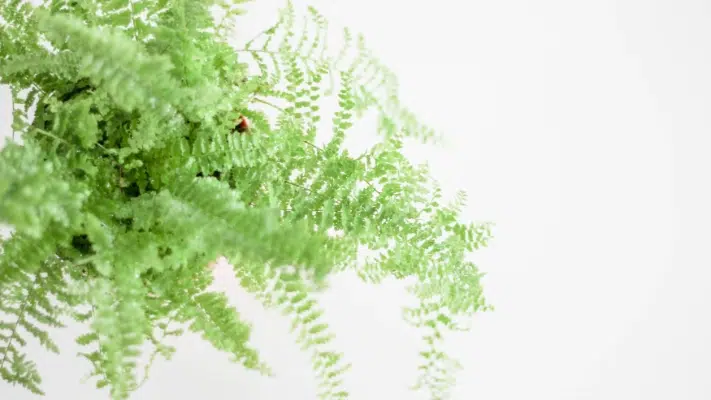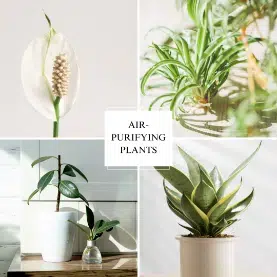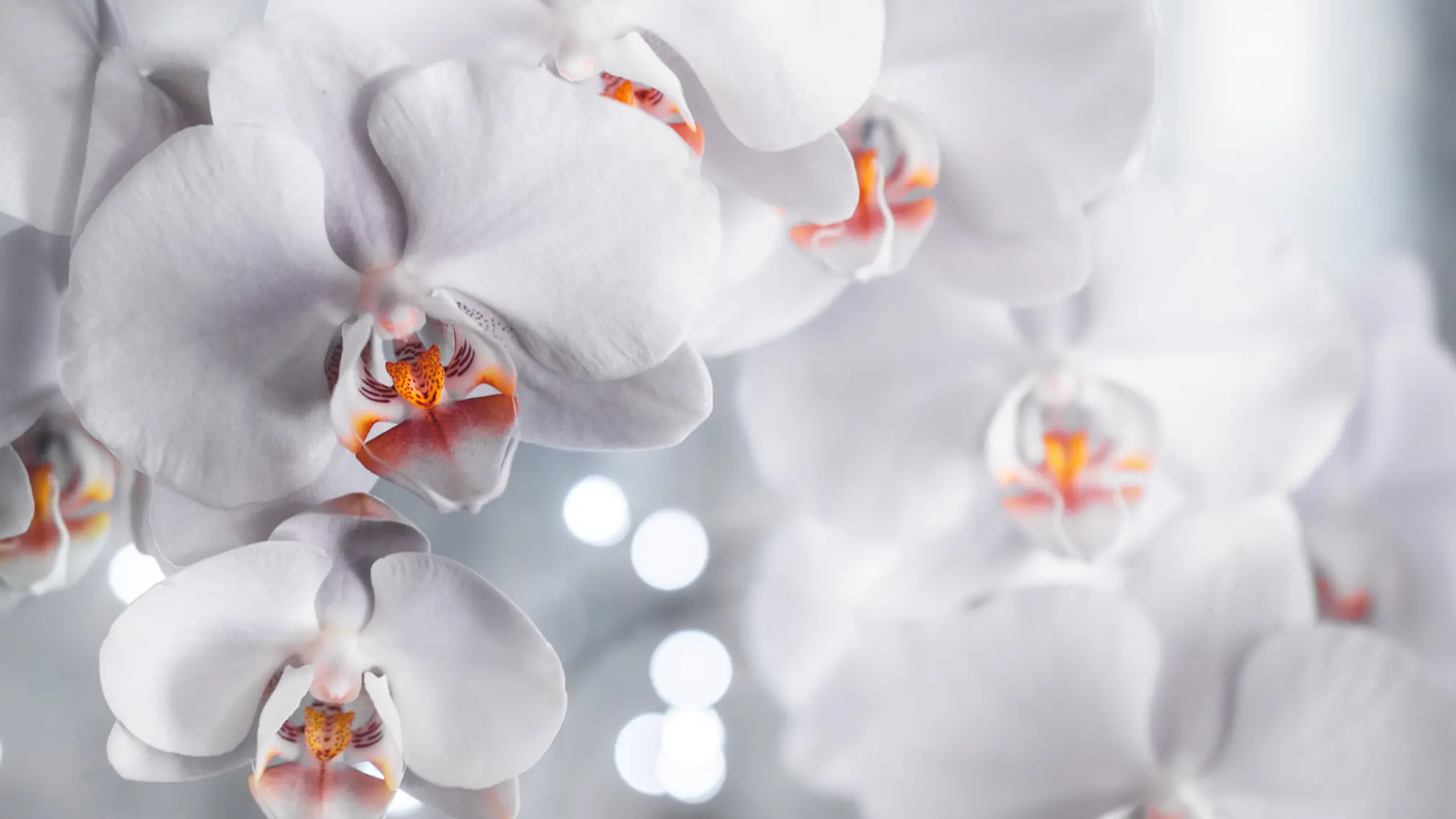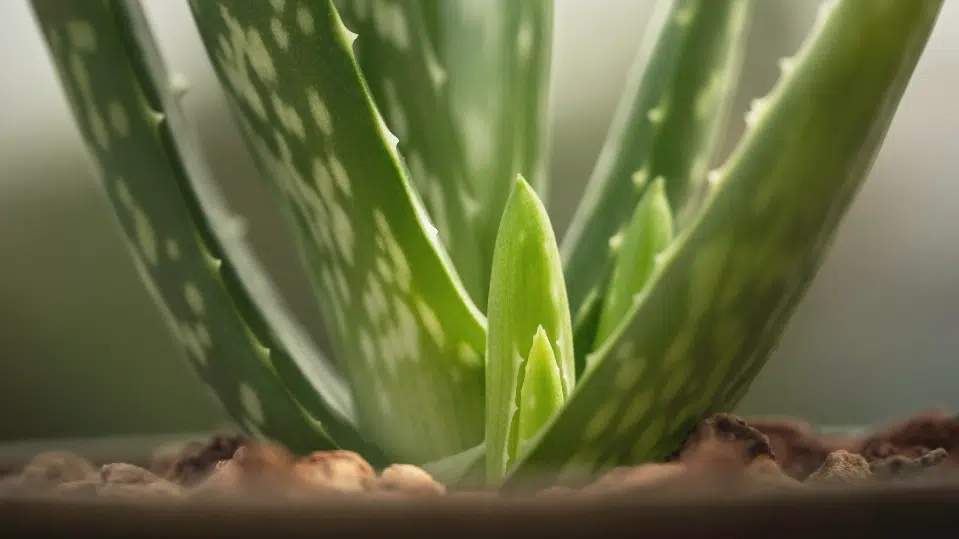Air-purifying plants had gained significant popularity as more and more people became aware of the importance of indoor air quality and its impact on health and well-being. Therefore many households and offices have started incorporating these plants into their indoor spaces to improve air quality. More plants indoors also makes the environment pleasant and cozy.
We also notice this trend at Verbeek & Bol: there is a growing demand for air-purifying houseplants in the flower export range. Naturally, we want to meet this demand and have added air-purifying plants to our range, to serve our B2B customers in the best possible way.
Are you looking for a reliable supplier for plants? Contact us, we will be happy to help you.
Send a message

How air-purifying houseplants purify the air and which substances they are able to remove from indoor spaces – this everything will be explained in this article, so keep on reading.
How does a plant purify the air?
Indoor plants that have the natural ability to remove certain pollutants and toxins from the air, are helping to improve indoor air quality. The primary mechanism by which plants purify the air is through photosynthesis, transpiration, and absorption. In simple words plants work by absorbing pollutants through their leaves and roots, converting them into nutrients, and releasing clean oxygen back into the air.
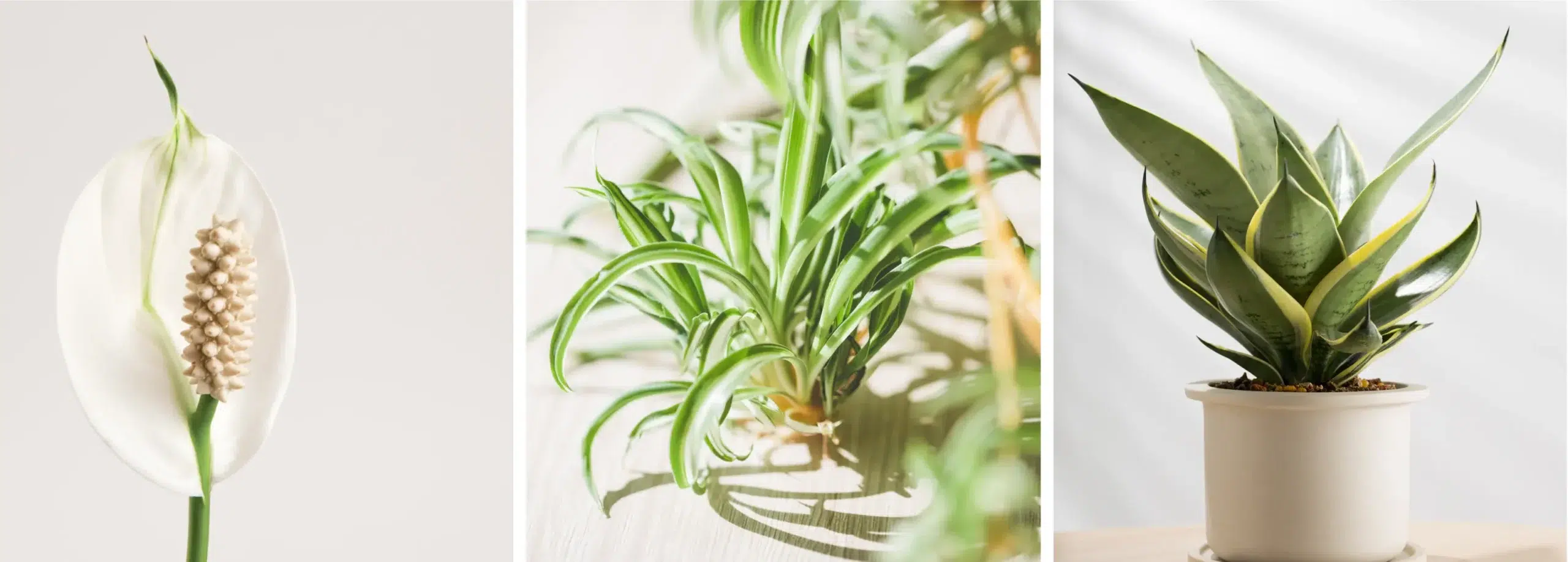
Plants purify the air by
- Photosynthesis: in photosynthesis, plants take in carbon dioxide (CO2) from the air and convert it into oxygen (O2) and glucose. This is the process by which plants produce their own food. As a result, they release oxygen into the atmosphere, helping to increase the oxygen content and improve air quality.
- Transpiration: is the process by which plants release water vapor through tiny pores called stomata on their leaves. As water evaporates from the plant's surface, it creates a suction effect, pulling in air and pollutants from the surroundings. These pollutants are then absorbed into the soil or plant's tissues.
- Absorption of Pollutants: Plants have the ability to absorb various airborne pollutants, such as particulate matter, volatile organic compounds (VOCs), nitrogen oxides (NOx) and sulfur dioxide (SO2). These pollutants can be trapped on the surface of leaves or absorbed through the root system and then broken down or stored in the plant's tissues.
Sounds great, right, but do air-purifying plants really work? Studies conducted by organizations like NASA have shown the air-purifying abilities of certain plants, lending credibility to the idea and encouraging their use.
Plants are not the only living matter that can help purify the air, some flowers can too. Such as heliantus annuus. Scientists call hyperaccumulators– plants that have the ability to take up high concentrations of toxic materials in their tissues.
Best air-purifying houseplants and how they purify the air
We have listed some air-purifying houseplants and their specific properties in one table. All of them are available in the selection of Verbeek & Bol. If you already have business in log codes to our webshop, you can order them right away. Or if you would like to get one, please contact us and request a business account.
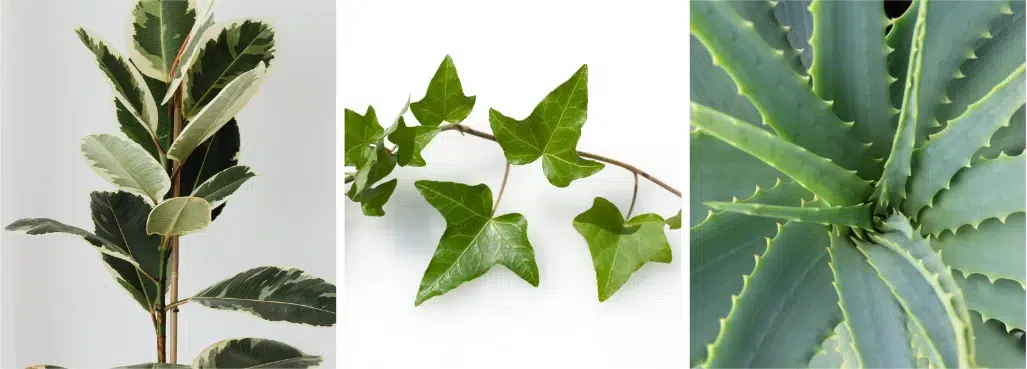
Purify the indoor air with these plants:
| Latin name | Plant name | Ability |
| Spathiphyllum | Peace Lily | Adds oxygen, removes toxins including ammonia,benzene, formaldehyde and ethylene. |
| Hedera helix | English Ivy | Can remove benzene, xylene, carbon monoxide and formaldehyde. Absorb humidity and may also help with mold, especially in bathrooms. |
| Chrysalidocarpus Lutescens | Areca Palm | Takes in carbon dioxide and releases oxygen. Removes chemicals such as formaldehyde, xylene and toluene from the air. |
| Aloe Vera | Aloe Vera | Has an ability to remove toxins, pollutants, and allergens from the air. |
| Sansevieria | Snake Plant | Purifies air by absorbing toxins (such as benzene, formaldehyde, trichlorethylene, xylene and toluene) through the leaves and producing pure oxygen. |
| Ficus Elastica | Rubber plant | The leaves of rubber plants mainly absorb formaldehyde from the air. |
| Scindapsus | Scindapsus | Remove harmful substances from the air and absorb them. Such as formaldehyde, benzene, trichloroethane en toluene. |
| Nephrolepis Exaltata | Boston Fern | This air-purifying plant filters harmful substances such as formaldehyde, xylene and tulol from the air. |
| Phlebodium aureum | Blue Star Fern | One of the best Air-purifying houseplants, thanks to its ability to act as a natural humidifier and remove formaldehyde from the air. |
| Chlorophytum comosum | Spider Plant | Reduces indoor air pollution. In particular formaldehyde, a known carcinogen, and other volatile organic compounds. |
| Orchideae | Orchid | Orchids are particularly adept at removing xylene from the air. |
| Olea Europaea | Olive tree | Olives can contribute to cleaning the air. They purify especially air pollution caused by particulate matter (PM). |
| Eucalyptus | Gomboom | Easy to care for and filters indoor air. |
Remember that while these air-purifying plants can improve indoor air quality, they are not a substitute for proper ventilation and other measures to reduce indoor air pollution. Regularly opening windows, using exhaust fans, and keeping your living space clean are also essential for maintaining healthy air quality indoors.
